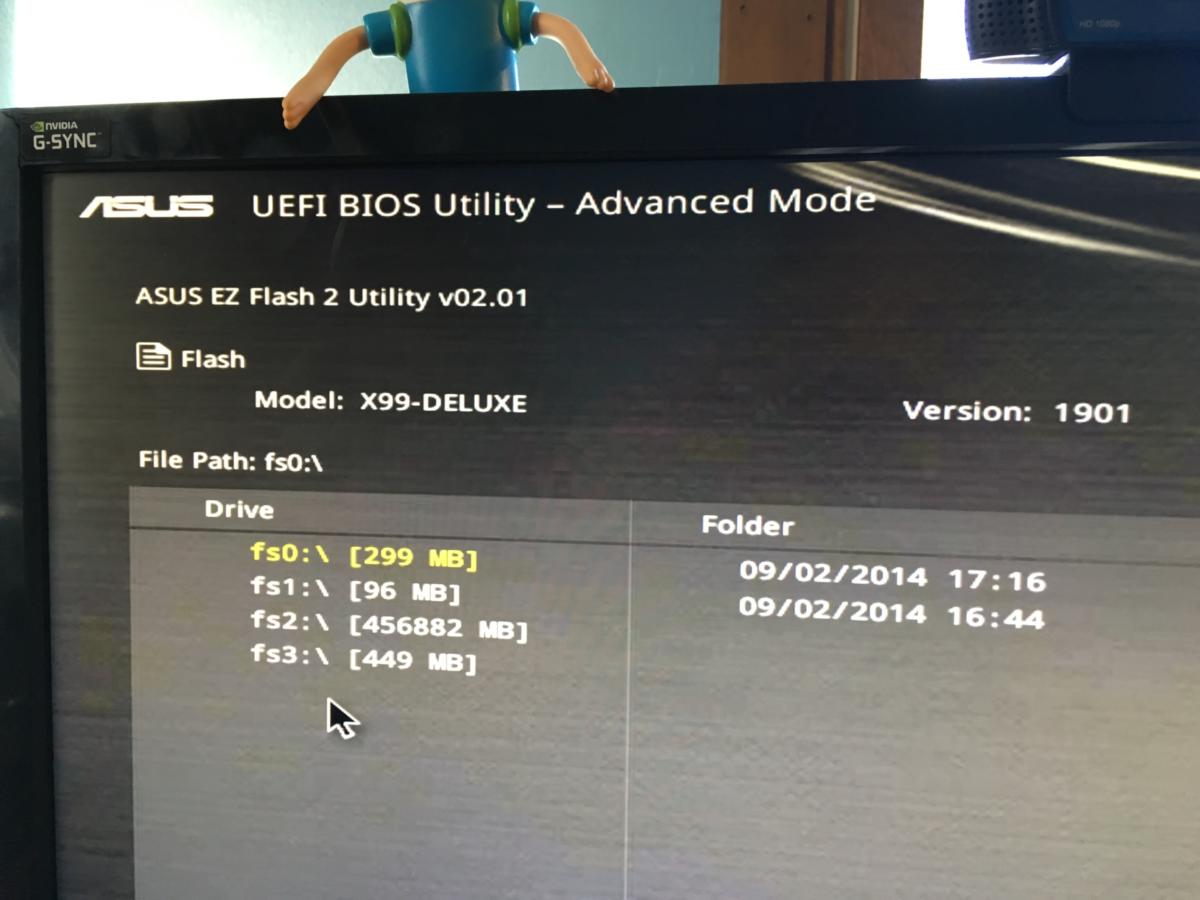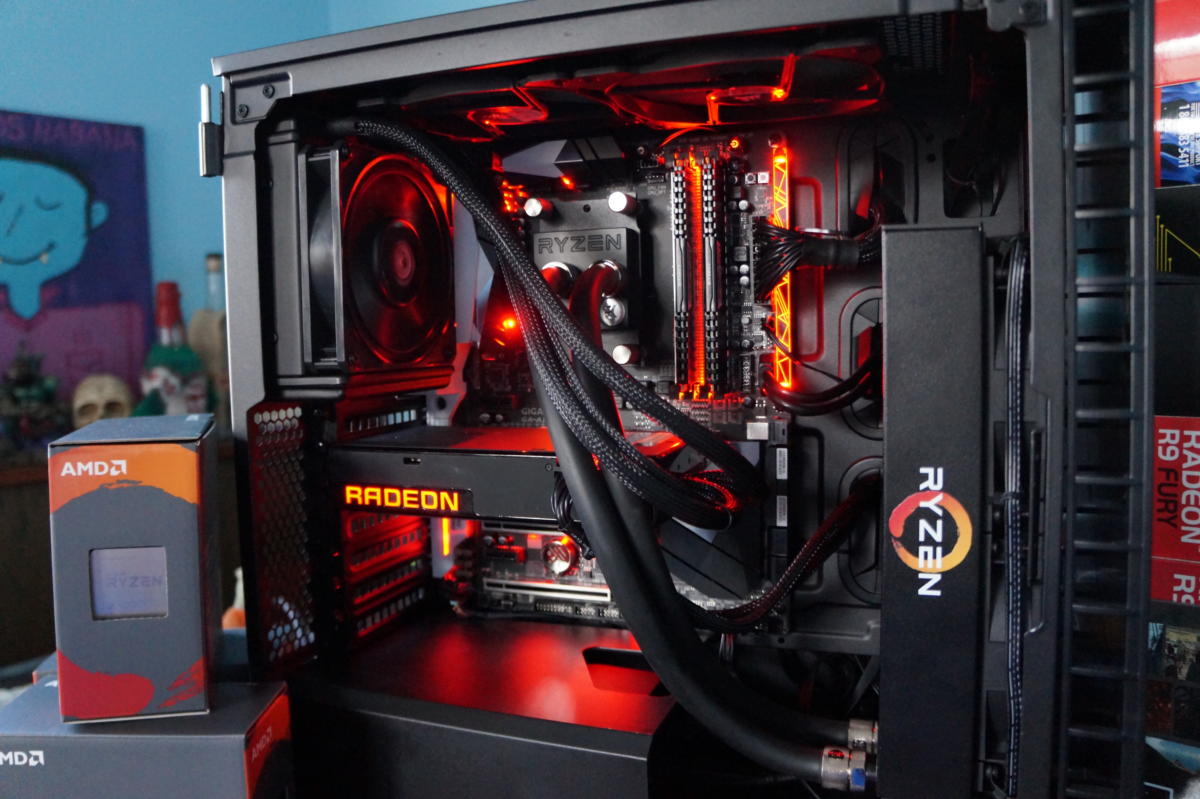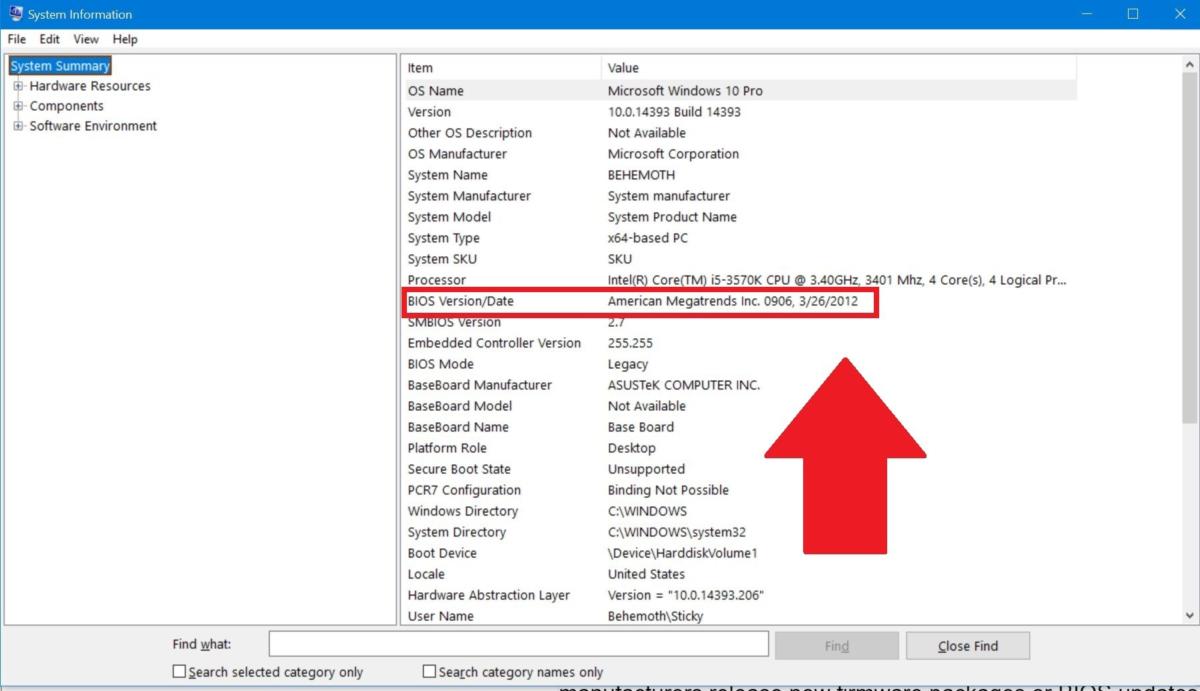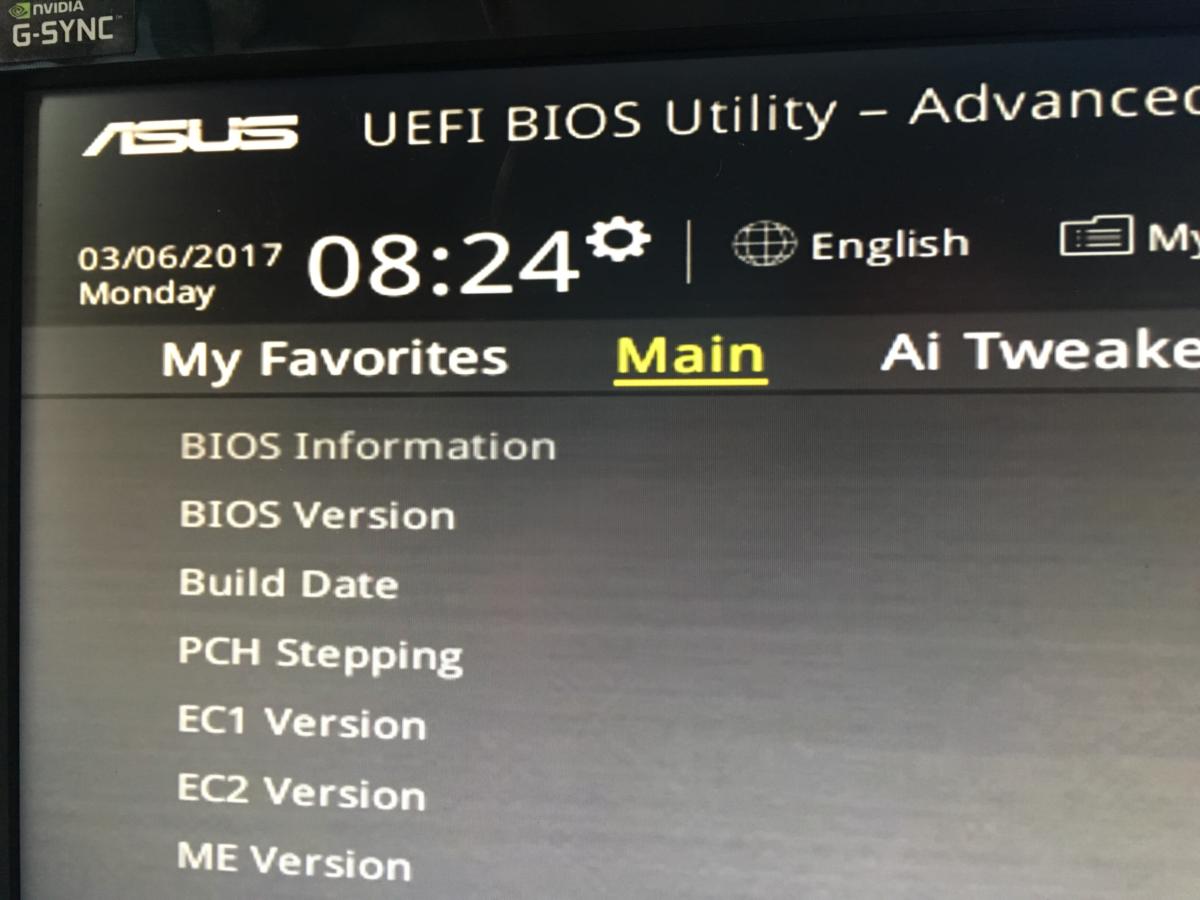How to update your PC's BIOS
How to update your PC's BIOS
Only update your BIOS if you have a clear, concrete reason!

Understanding your UEFI is important so you can understand how (and if) to take advantage of the feature updates and bug fixes that come with the BIOS updates offered by motherboard manufacturers.

than your motherboard.
What the Duo report points out, though, is that attacking the UEFI firmware is now a bleeding-edge attack. It’s so low-level, it probably won’t be detected by antivirus software. And once in there, chances are it could survive even refreshing your PC. While it's true that Duo's report focuses on the Apple Mac platform, PCs are vulnerable, too. In April, attackers showed how a UEFI exploit could be used to inject ransomware into Gigabyte PCs.
Some people like to regularly check for and update their UEFI firmware packages just to stay up to date. At one time, this was considered a risky practice, given that the firmware updating process can potentially brick your motherboard in the same way that flashing a custom ROM on to Android phone can brick the device. It’s best not to update your UEFI firmware unless there is something specific that the updated firmware offers that you need.
That said, you probably want to stay on top of BIOS updates if you’re on a chip or motherboard platform that’s fresh out of the gates. Several motherboard BIOS updates were released over the first week that AMD’s disruptive new Ryzen chips were in reviewers’ hands, and each provided additional performance and system stability. Expect for those to continue as AMD works the bugs out of Ryzen.

How to upgrade your PC BIOS
When you boot up your PC, you’ll see text that informs you which button to press to enter the UEFI BIOS. Press it! (The exact button needed, and the design of every motherboard’s actual UEFI control panel differs, so these instructions will be more guideposts than step-by-step instructions.)Although not all motherboards offer this feature, on certain models you can boot into the UEFI control panel and use a built-in update utility to connect to the Internet and flash the latest firmware from the manufacture’s server. This extremely nice feature makes updating to newer firmware revisions as painless as possible.

From there, you’ll need to launch the UEFI’s firmware update tool or flashing tool and back up your PC’s existing firmware to your flash drive—just in case something goes wrong. Then use the same UEFI utility to select the new firmware image you downloaded from its location on the flash drive. Running the firmware update utility should take just a couple of minutes, but make sure not to shut off your PC during this process. This is critical.
Once the flashing process finishes, restart your computer and your updated PC BIOS is ready to rock.
Some manufacturers offer utilities that can update your UEFI chip from directly inside Windows by running an .exe file, but we strongly recommend using one of the two methods above to avoid any problems.
Again, updating your PC’s BIOS can provide many benefits, but it’s important to understand the risks. Don’t touch it if there isn’t a clear, compelling reason to update your UEFI firmware. That said, if you want to drop in a newer CPU into an older motherboard, then it’s clear that a BIOS update lies in your future.
How to update your PC's BIOS
![How to update your PC's BIOS]() Reviewed by Ambali Babatunde
on
10:45
Rating:
Reviewed by Ambali Babatunde
on
10:45
Rating:



No comments: